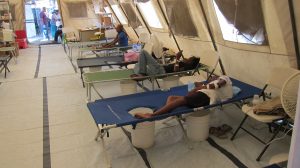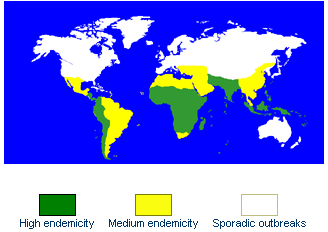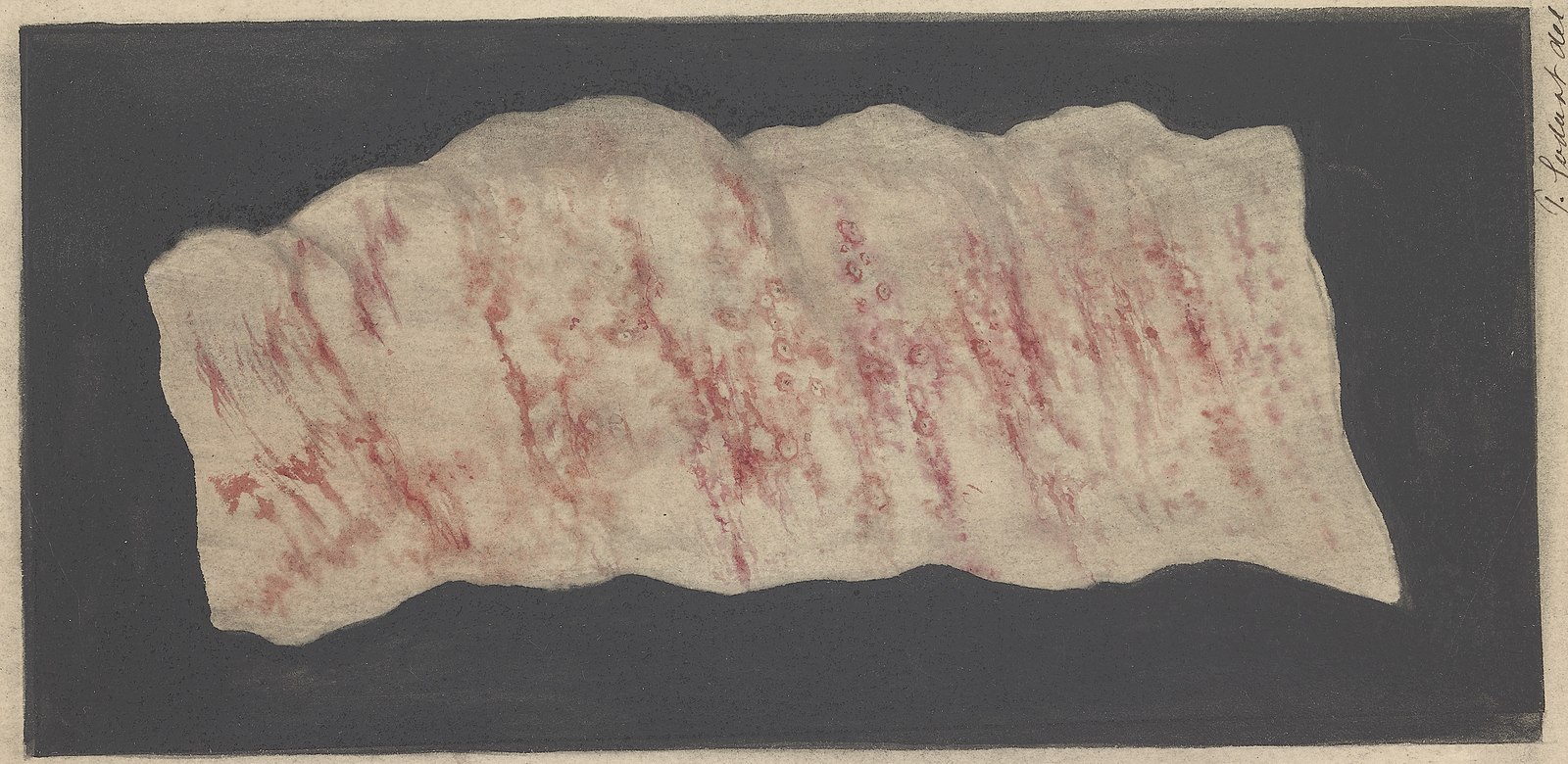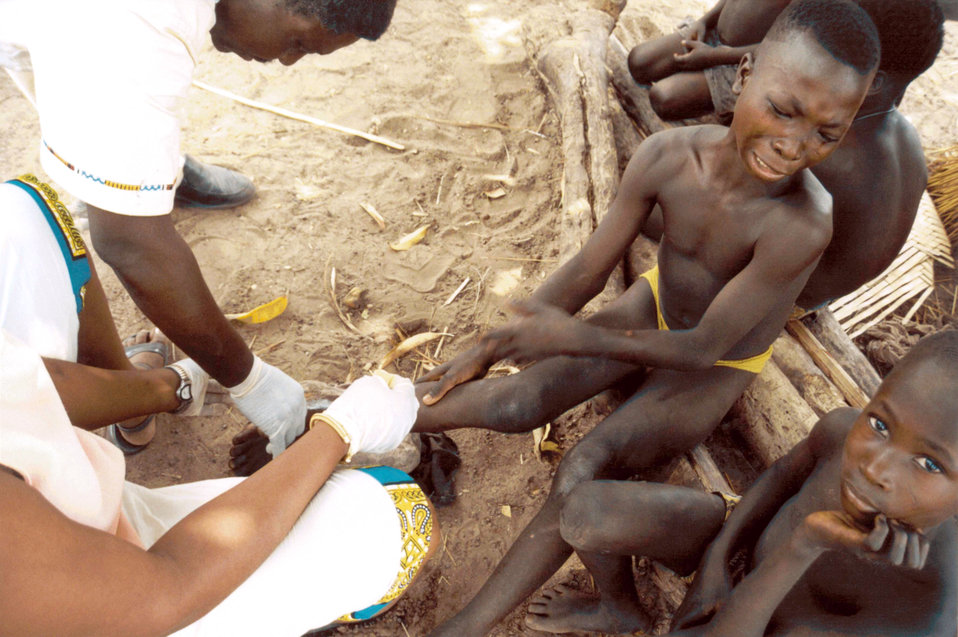By Catherine Cheng
Access to safe, sanitary water is a huge problem in Niger. Water is scarce since the Sahara Desert comprises two thirds of the country, and Niger is a landlocked country.
Water in Niger becomes contaminated for a number of reasons. The practice of open defecation is widespread. People relieve themselves in bushes, fields, near ponds, and by the roadside. As of 2015, 71% of the population practiced open defecation.[1] This is due to a lack of latrines and the social norm where people believe that open defecation is better and more widely accepted. As a result, feces runs into food and water sources such as ponds and crops.
The infrastructure in Niger is underdeveloped, and villages do not have proper sewage systems to dispose of waste. Water sources such as wells can also be easily contaminated since many of them are dug by hand and not properly maintained.[2]
The lack of water, limited ways to maintain sanitary conditions, and also a lack of education on hygienic practices (such as washing vegetables during meal preparation) create an environment for the spread of disease.
Unsanitary water leads to waterborne diseases that can be fatal if not treated properly.
Cholera
Cholera is a bacterial disease that is spread through contaminated water. The cholera bacteria (Vibrio cholerae) is shed in a person’s stool. A person can come into contact with the bacteria by drinking contaminated water, eating food before washing their hands, or eating food that has been contaminated with dirty irrigation water.
Cholera is very rare in countries like the United States where modern sewage and water treatment eliminates the problem.[3] But it is an ongoing problem in developing countries like Niger. Scientists estimate that there are up to 143,000 deaths worldwide due to cholera.[4]
Some people only develop mild or moderate symptoms while others develop severe symptoms that can lead to death if not immediately treated. The cholera bacteria cause acute watery diarrhea. This leads to severe dehydration. A person with severe symptoms can die within a matter of hours if left untreated.
Fortunately, cholera is easily treated with an oral rehydration solution. Yet cholera remains a real threat in Niger where there is a serious lack of resources in health care and clean water.
Typhoid Fever
Typhoid fever, caused by the bacteria Salmonella typhi, is an infection of the intestines and the bloodstream. The bacteria enters through the gut, multiplies in the lymph nodes, and then enters the bloodstream.[5] When it enters the bloodstream, people begin to experience the characteristic high fevers that typhoid fever is known for. After that, the bacteria can enter other organs such as the liver and spleen.
Typhoid fever is spread through contaminated food and water. The bacteria is shed in the feces and sometimes the urine of the infected carrier. Some carriers who do not show symptoms may get it on their hands after relieving themselves; if they do not wash their hands and then prepare food, the bacteria can be transferred that way.
It is estimated that 128,000 to 168,000 people worldwide die each year from typhoid fever.[6]
Symptoms of typhoid fever usually last three to four weeks if left untreated. It is characterized by sustained high fever of around 104°F. Other symptoms may include diarrhea or constipation, rose-colored spots on the trunk of the body, abdominal pain, and a swollen liver or spleen.
Typhoid fever can cause serious complications by the third week of illness. There can be intestinal bleeding or perforations in the intestines. The contents of the intestines can leak out into the bloodstream and cause serious infections in other parts of the body. These life-threatening complications occur in two out of 100 cases.[7]
Antibiotics are used to treat typhoid fever, but some individuals are not able to recover from complications. Before antibiotics, the fatality rate was 20%.[8] Alarmingly, there is a growing problem with antibiotic resistance in typhoid bacteria. Some antibiotics are less effective or even useless.[9]
The cycle of spreading the typhoid bacteria in Niger is never ending. Even after full recovery, some individuals remain carriers for many years and continue to shed the bacteria in their stool. Typhoid fever will continue to be a threat in Niger as long as there is lack of effective sewage waste disposal and inadequate access to clean water.
Dysentery
Dysentery is an infection of the intestines that causes bloody diarrhea. The two main types of dysentery are caused by bacteria (Shigella) or amoeba (Entamoeba histolytica). In the case of bacillary dysentery, the bacteria cause cellular damage, and this results in bloody diarrhea. In the case of amoebic dysentery, the amoeba can burrow into the intestines and cause ulcers, which can bleed.
The disease is spread by person-to-person contact or contaminated food and water. Like cholera, dysentery can be fatal because it causes severe diarrhea that can lead to dehydration.
The symptoms of dysentery include bloody diarrhea, mucus in the stool, abdominal cramps, vomiting, and dehydration.
Dysentery is treated by hydrating the patient. Antibiotics are given if the patient has bacillary dysentery. Antimicrobial drugs are given to wipe out the parasite if the patient has amoebic dysentery.
Guinea Worm Disease
Guinea worm disease is caused by a parasite called Dracunculus medinensis. People ingest the parasite’s larvae when they drink contaminated water. The female and male Guinea worms mate while inside the human body. The female worm will mature and then travel through the host’s body.
Guinea worms usually emerge from the feet. This causes incredibly painful lesions at the area where the worm emerges. The sufferer will dip his or her foot in water for relief, and this will cause the Guinea worm to release thousands of larvae into the water.[10]
Guinea worm disease is not fatal, but the excruciating pain from the emerging worms can cause a person to be temporarily disabled from work or school for a few weeks or months. Ulcers caused by the worms can cause other bacterial infections. There are no known vaccine or cure for Guinea worm disease.
On an extremely positive note, Guinea worm disease is almost completely eradicated in the human population. In 2018, only 28 Guinea worm disease cases worldwide were reported.[11] Niger used to be on the list of countries with Guinea worm disease[12], but Nigeriens are Guinea worm free as of 2018.
The Impact of Unsanitary Water Conditions
Children are most susceptible to dying from diarrheal diseases like cholera and dysentery, and diseases like typhoid fever pose dangers to their health as well. According to UNICEF, “Almost 60 percent of deaths due to diarrhoea worldwide are attributable to unsafe drinking water and poor hygiene and sanitation.”[13] In rural areas, access to a water source of any water quality is only 44.7% while only 7% have access to basic sanitation.[14]
On the whole, diseases like cholera, dysentery, and typhoid fever can be treated and prevented, but these diseases are still a threat to many in Niger where it is difficult for people to access clean water. The near-eradication of Guinea worm disease points to real progress, but Niger still has a long way to go.
Niger needs to build sewage systems that effectively dispose of waste, find a means for providing clean water to even its most remote villages, and implement programs that educate its people on best hygiene practices. Progress has been impeded by multiple, urgent factors that are overwhelming the government: overpopulation, drought, hunger, and political upheaval. As the people of Niger struggle through these crises, they continue to fall sick and cost the government more resources in the effort to keep afloat and survive.
Wells Bring Hope and many other organizations across the world exist to bring relief and improve the quality of life for people who desperately need help.
[1] https://www.indexmundi.com/facts/niger/indicator/SH.STA.ODFC.ZS
[2] https://www.borgenmagazine.com/water-quality-in-niger/
[3] https://www.mayoclinic.org/diseases-conditions/cholera/symptoms-causes/syc-20355287
[4] https://www.who.int/news-room/fact-sheets/detail/cholera
[5] https://patient.info/travel-and-vaccinations/typhoid-and-paratyphoid-fever-leaflet
[6] https://www.who.int/news-room/fact-sheets/detail/typhoid
[7] https://patient.info/travel-and-vaccinations/typhoid-and-paratyphoid-fever-leaflet
[8] https://www.webmd.com/a-to-z-guides/typhoid-fever#2
[9] https://academic.oup.com/cid/article/68/Supplement_2/S165/5371231
[10] https://www.who.int/dracunculiasis/disease/en/
[11] https://www.cartercenter.org/news/pr/guinea-worm-worldwide-cases-jan2019.html
[12] https://www.reuters.com/article/us-niger-disease-idUSBRE94D0J620130514
[13] https://data.unicef.org/topic/child-health/diarrhoeal-disease/
[14] https://blogs.worldbank.org/water/delivering-water-and-sanitation-services-niger-challenges-and-results






